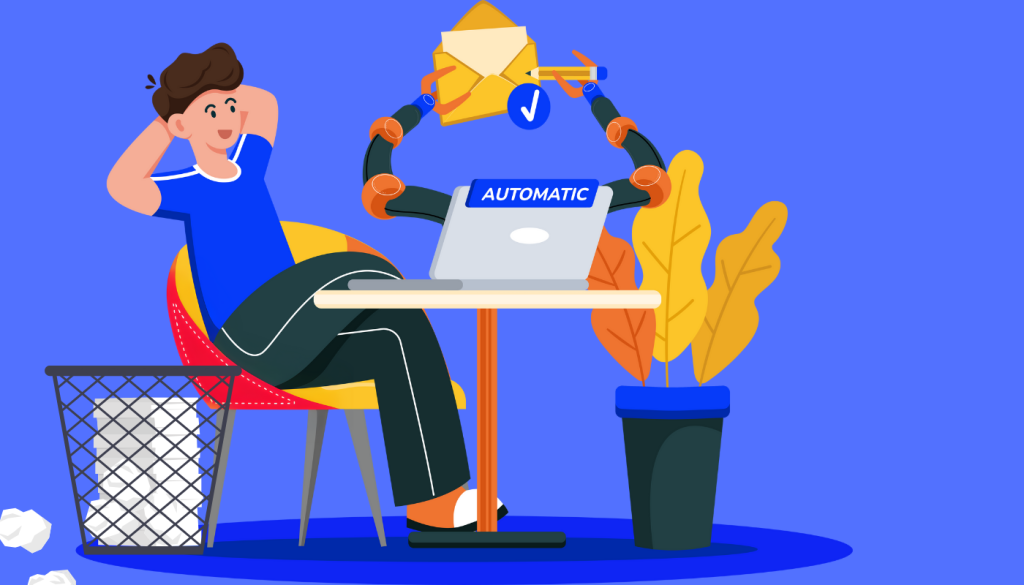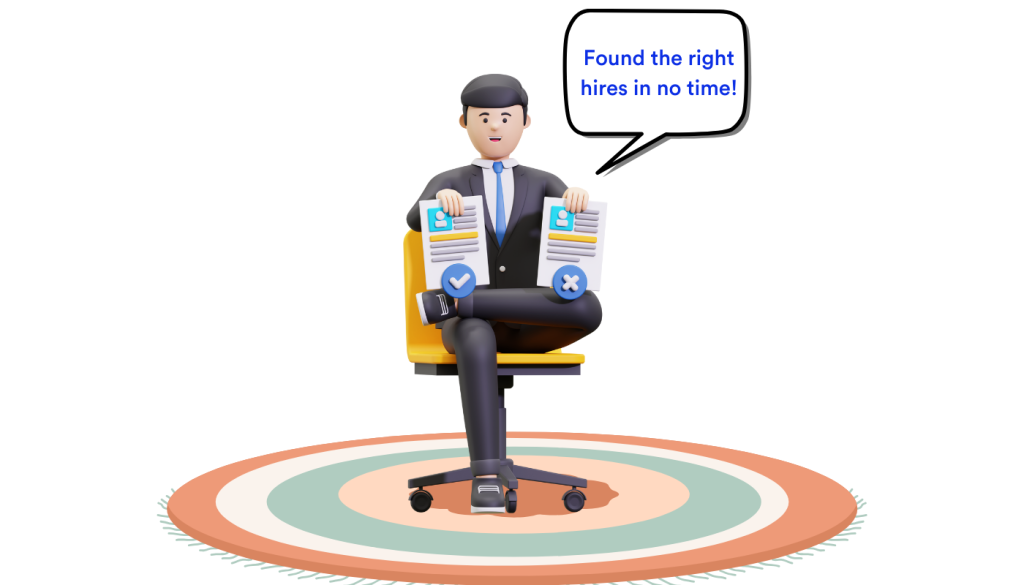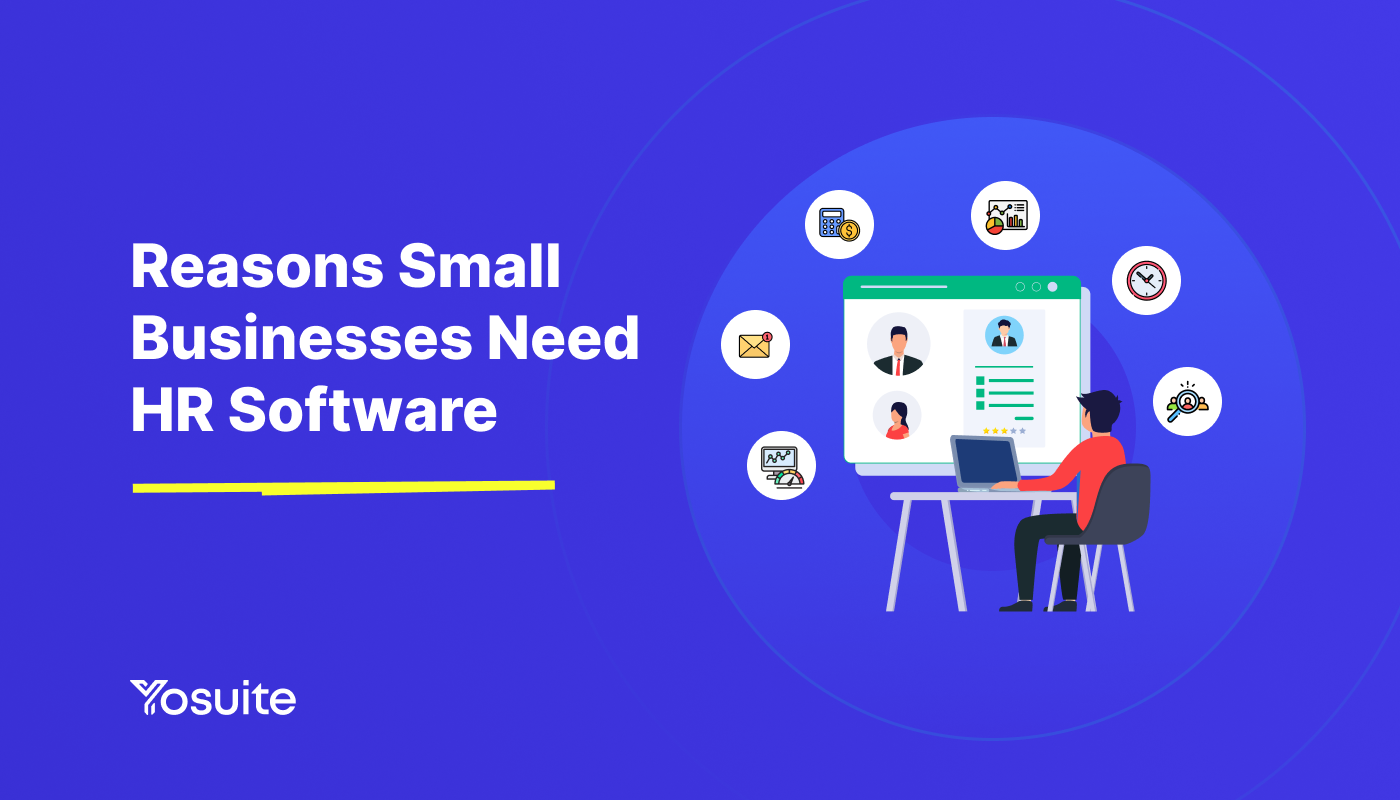HR functions are critical for the success of any organization, regardless of their size. However, small businesses often face hurdles in implementing HR processes due to limited budgets, smaller teams, and multiple workloads.
This can make HR processes overwhelming without the right support. HR software offers a solution that simplifies these processes and ensures that small businesses remain compliant, efficient, and competitive.
Let’s find out 10 reasons that make HR software a valuable asset for small firms.
What Is a Small Business?
What defines a small business can vary by region and industry. Ideally in the US, a small firm consists of:
- Fewer than 100 employees
- Limited to a relatively small geographical area
- Usually less than $40 million in annual revenue
- Usually sole proprietorships, partnerships, or limited liability companies.
- Multi-functional roles where one person performs various tasks.
Why Is HR Software Important?
HR software automates core processes like attendance, payroll, benefits management, recruitment, onboarding, and performance appraisals. It reduces administrative task burden, minimizes errors, reduces unwanted costs, and frees up time for strategic initiatives. These advantages benefit smaller teams with limited capacity and resources.
According to Fortune Business Insights:
“The global HR technology market size was valued at USD 37.66 billion in 2023 and is projected to grow from USD 40.45 billion in 2024 to USD 81.84 billion by 2032.”
This stat underscores how critical HR software has become for organizations looking to stay agile and updated.
10 Reasons Why a Small Business needs HR Software
There are multiple reasons why HR software can benefit small businesses. Let’s look at 10 major reasons why small businesses need HR software.
✅ Automating Manual Tasks
Manual data entry and paperwork can be time-consuming and prone to errors. Automation saves time, reduces mistakes, and allows small HR teams to focus on strategic activities.
For instance, you can use a tool like Paycor to calculate daily attendance and leaves. The tools let employees enter ins and outs from anywhere, as it’s cloud-based. And, employees can apply for time off as well by submitting applications online.

At day end, you can view the day’s accurate ins and outs. At the end of the month end, you will receive all the relevant attendance data you need to calculate salaries.
Meanwhile, you can work on strategizing how you will fill a new position that needs new types of tasks. Or how you can improve an underperformer’s next month’s performance.
✅ Instant Feedback
If you can offer real-time performance feedback to employees, it will keep them engaged. It will also foster growth and retention. Tools like Lattice have real-time feedback features that allow employees to know how they are performing against KPIs. Managers can also give a quick performance review from anywhere to let the employees know their feedback and observations.
You can add a Likert scale to the feedback system and enter your points on particular tasks. This will give the employees instant feedback on their performance at any time, through the tool.
✅ Expediting Recruitment

Solutions like Workday and BambooHR help expedite recruitment processes. Slow hiring can lead to missed opportunities in a competitive labor market. When an Applicant tracking system (ATS) is integrated into HR software, it helps with job postings, candidate filtering, communication, and interview scheduling.
You can also reduce your time-to-hire and time-to-fill metric for new candidates. This helps to keep the processes flowing without much gap.
A recent Aptitude Research report informed that over 70% of companies are investing in ATS and recruiting tools to find quality hires.
Regardless of your business being small, you can purchase affordable and scalable ATS solutions to help boost recruitment initiatives. Tools like BambooHR and TeamTailor can be used by businesses of any size for recruitment purposes.
✅ Improving Onboarding
First Impressions on your new hires matter a lot! A disorganized or confusing onboarding experience can lead to uncertainty. However, a smooth process fosters engagement and confidence in the company.
HR software allows for digital completion and signing during onboarding. This reduces paperwork, eliminates bottlenecks, and ensures legal compliance with e-signature standards. New hires can complete necessary documents (tax forms, contracts, direct deposit forms) before their first day, streamlining the administrative side of onboarding.
HR software like Rippling has a portal where employees can find all relevant onboarding materials such as training videos, organizational charts, ebooks, company profiles, and policy handbooks, all in one place.
With centralized resources, new employees spend less time searching for information and more time getting to know their roles and teams.
✅ Data-Driven Decisions
Small businesses need accurate insights to survive in competitive markets. HR software provides analytics on turnover, attendance, engagement, and performance tracking & monitoring, helping managers make informed decisions quickly.
The software will let you focus on more strategic matters that feed into the decision-making. For instance, you might need to decide who to keep and who to let go. The software can show you performances and attendance from the previous 6 months which will help you compare the employees to be assessed. A good example of this would be the software Deel.
✅ Stronger Payroll Management
If your team is not using HR software for payroll, then you are missing out on opportunities to automate calculations and record-keeping. Manually recording and calculating payroll can lead to errors and at times compliance issues as well. But with an HR solution, you can set the rules or work with pre-built compliance modules that can help you avoid mistakes.
You can also get rid of calculation errors and avoid possible redos. With the employee database and salaries of each employee recorded with the software, you just need to make minor changes, if needed, and get reports with ease.
Integrated payroll modules also ensure timely payments, accurate tax deductions, and transparent payslips. All of these help reduce possible conflicts with employees.
✅ Wider Accessibility
Cloud-based HR software helps all related team members access information from anywhere, making collaboration and data distribution easier. If you have remote teams, they can access company information and resources from the software.
Tools like Zoho make time & attendance tracking very smooth from anywhere. You can also ensure 360-degree feedback with a few clicks sitting at your home through cloud-based HR tools.
✅ Employee Self-Service
Self-service portals in HR software let employees manage their profiles, request time off, check work progress, and review documents without bottlenecks. Small businesses often have lean HR teams or no dedicated HR staff at all. Employee self-service empowers employees to perform routine tasks like updating personal details, viewing pay stubs, or accessing company policies independently.
When employees can directly update their contact information, bank details, or emergency contacts, the data is more likely to be current and correct. Self-service minimizes errors that often occur with manual data entry or back-and-forth email exchanges.
Ensuring a robust self-service ensures transparency and trust among employees. It also keeps them engaged and motivated.
✅ Save Unwanted Expenditure
Employing personnel for different roles requires you to spend money that can have less ROI than expected. In other words, if software can automate most basic tasks, you wouldn’t need to recruit someone for that task.
This is where HR solutions come into play. They ensure a positive ROI by reducing unwanted tasks.
For instance, if you can afford an HR SaaS solution for $40/month, that executes daily payroll, attendance, performance tracking, and onboarding tasks, you won’t need to hire 2 or 3 separate people at the cost of over $100/month. This is how you can calculate the ROI of HR software.
✅ Easy Performance Tracking
Manually tracking employee performance can be time-consuming and you may not be able to provide frequent feedback. You can assess or appraise employees once or twice a year. But that won’t remedy the issues that your employee needs to take care of urgently.
With HR software, you can set KPIs against their profiles and assigned tasks. You can also check the progress of their assigned tasks. Plus, you can provide instant feedback if you think something is not progressing correctly.
In addition, you can check an employee’s whereabouts and whether they are working properly or not. Time tracking and GPS can help with these, especially if they are remote or salespeople.
How to Choose the Best Small Business HR Software
Before availing of an HR system, you must know the factors that play a vital role in determining the purchase.
➡️ Checking the Budget
Compare subscription costs (monthly vs. annual), and assess any hidden fees such as implementation or support charges. Budget constraints can be tighter for small businesses, so cost transparency is crucial.
➡️ Aligning with Organizational Goals
You must identify core challenges, such as high turnover or complex payroll, and choose a solution that addresses these pain points. Software that doesn’t align with your specific needs may become underutilized, wasting time and resources.
➡️ Scaling With the Business Size
Another factor you should look for is flexible plans that can accommodate additional employees or modules without massive upgrade fees. You want a system that grows with you, not one you’ll outgrow quickly. HR software Integration should be smooth and hassle-free.
If needed, you can arrange training and upskilling sessions to help the employee learn the software and its use.
➡️ Getting Proper Vendor Support
Check customer reviews, Service Level Agreements (SLAs), and support hours. Quick, reliable customer support is vital when issues arise, especially for smaller teams lacking extensive IT resources.
➡️ Having the Right Features
Essential features include employee data management, payroll, time tracking, performance reviews, and compliance tracking. The right features ensure you can handle all critical HR tasks in one place.
➡️ Ensuring Updated Technology
Opt for a cloud-based solution with regular updates and security patches. Outdated software can be prone to security risks and may not integrate well with other systems or the latest compliance requirements.
Stats on Use of HR Software
- 80% of businesses use some sort of HR software (Forbes)
- 53% of businesses use technology to optimize their employee training procedures (G2)
- 90% of employers use a technology platform to manage benefits functions (Guardian)
- 32% used AI for performance management (Deel)
- 50 percent of small business HR professionals use cloud-based software (Business.com)
Summing Up
Small businesses stand to gain immensely by adopting HR software that automates manual tasks, centralizes data, and improves overall employee engagement. From better recruitment to robust performance tracking, the right HR tool can free up valuable time, reduce costs, and position your business for sustainable growth. Carefully assessing your budget, needs, and vendor support will help you select a solution that truly aligns with your organizational goals.



Leave a Reply